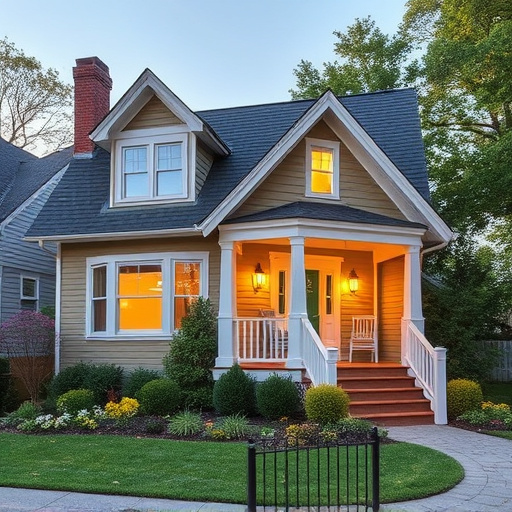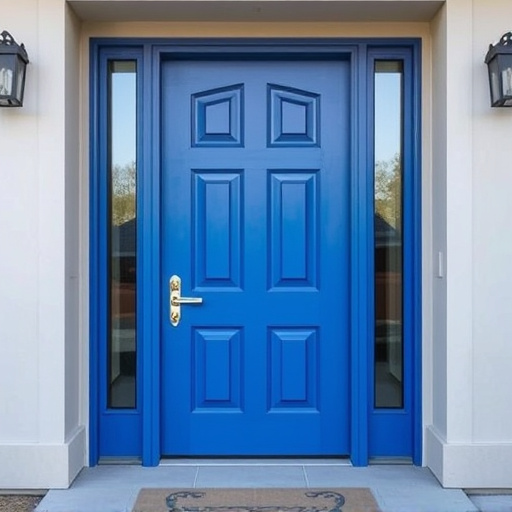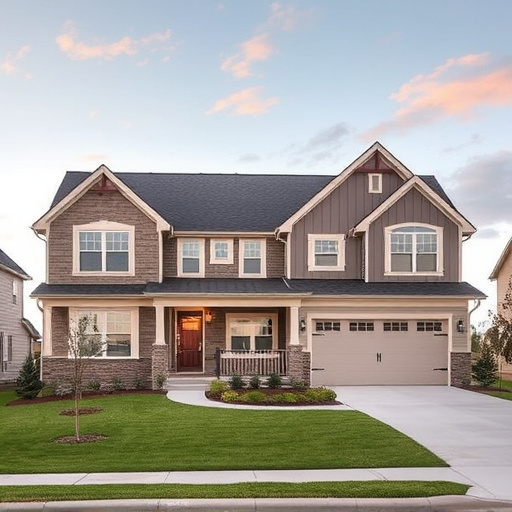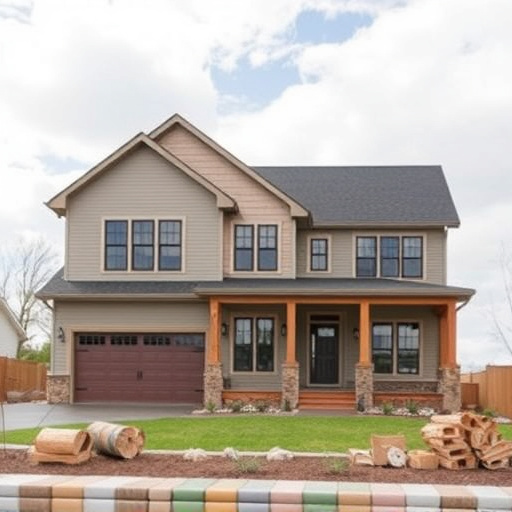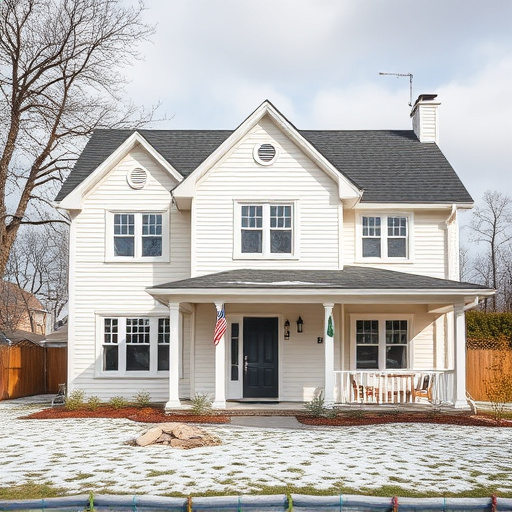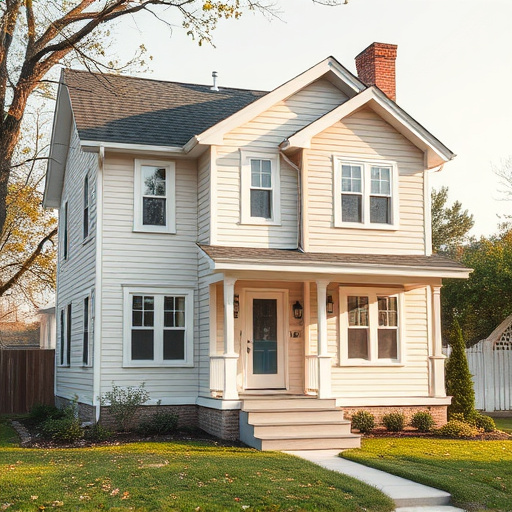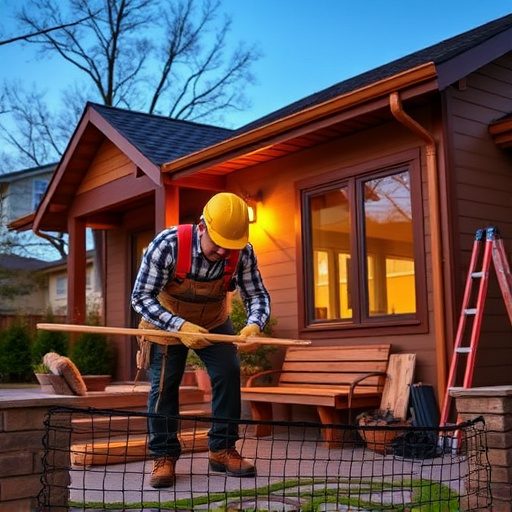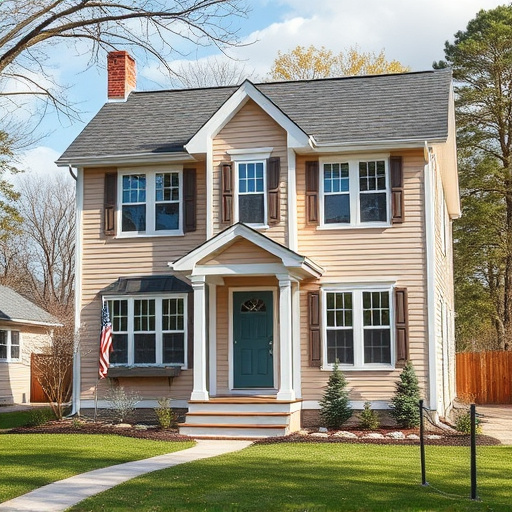Identifying and repairing gaps in hardwood flooring is vital for maintaining aesthetics and preventing structural damage caused by humidity, improper installation, furniture, or subfloor settlement. Gather materials like matching boards, wood putty/filler, sandpaper, chisels, glue (for complex repairs), a roller/brush, and tools for preparing and filling gaps. Sand edges, apply filler/caulk, let dry, then gently sand excess for seamless integration enhancing hardwood flooring's durability across various home projects.
“Hardwood floors add warmth and elegance to any home, but they’re not immune to issues. One of the most common problems homeowners face is gaps in their flooring. This guide addresses the root causes of these gaps, equipping you with essential knowledge. We’ll also walk you through a step-by-step process for effective repair using simple tools and materials. By understanding how to fix gaps in hardwood flooring, you can maintain your home’s aesthetic appeal and longevity.”
- Identify Causes of Gaps in Hardwood Flooring
- Materials and Tools Needed for Repair
- Step-by-Step Guide to Closing Gaps Effectively
Identify Causes of Gaps in Hardwood Flooring

Gaps in hardwood flooring can be both unsightly and a sign of deeper structural issues. Identifying the root cause is key to effective repair. Common culprits include expanding or shrinking wood due to fluctuations in humidity, improper installation, damage from heavy furniture or foot traffic, or even settlement of the subfloor beneath. In some cases, gaps might result from uneven flooring boards that were not properly fitted during installation, especially if there was variation in the thickness of the planks. Once you’ve determined the cause, you can choose the appropriate repair method, whether it involves re-gluing, refitting boards, or replacing damaged sections, ensuring a seamless and durable fix for your hardwood floors. Think of it as addressing the core issues to prevent future problems, similar to how kitchen renovations or exterior painting require attention to structural integrity for long-lasting results.
Materials and Tools Needed for Repair
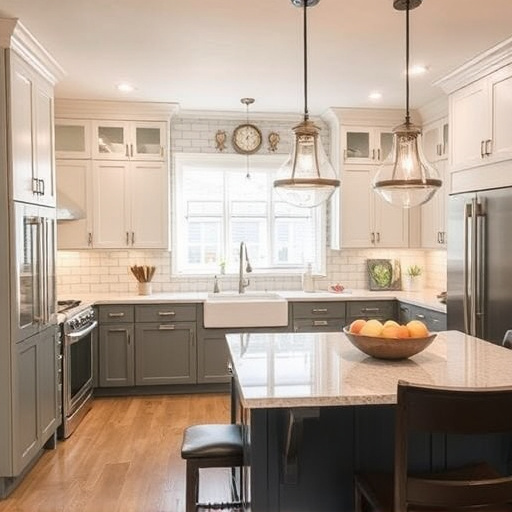
To successfully fix gaps in your hardwood flooring, you’ll need a few key materials and tools. Start with a supply of matching hardwood floor boards to fill any empty spaces. Make sure the new boards are of the same species, color, and grain pattern as the existing floors for seamless integration. Next, gather some wood putty or filler designed specifically for hardwood floors, along with fine-grit sandpaper in corresponding sizes. A utility knife for trimming excess putty and a hammer for tapping in nails or staples will also be essential tools. For more intricate repairs, consider having a set of precision chisels on hand to carefully remove damaged areas before inserting new pieces.
In addition to these basics, you might find it helpful to have some wood glue suitable for hardwood flooring installations, especially if gaps are wider or caused by loose joints. While not strictly necessary, using a floor roller or brush can ensure even application of the putty and help achieve a smooth finish once dried. Remember, the right tools and materials will make all the difference in your ability to successfully fix these common hardwood flooring issues, enhancing the overall look and longevity of your home transformations, including kitchen and bath spaces, and exterior painting projects.
Step-by-Step Guide to Closing Gaps Effectively

Closing gaps in hardwood flooring is a crucial step in maintaining the integrity and aesthetic appeal of your space, be it an elegant living room or modern kitchen renovations. Here’s a straightforward guide to help you effectively address this common issue.
Start by inspecting the gap and identifying its cause—whether it’s due to shrinking wood, uneven subfloor, or recent home additions. Next, gather the necessary tools: a chisel (for removing excess material), putty knife (to apply filler), hardwood flooring gap filler or caulk, and sandpaper. Lightly sand the edges of the gap to create a smooth surface for better adhesion. Apply the chosen filler or caulk, pressing it firmly into the space. Allow it to dry completely according to the manufacturer’s instructions. Once cured, gently sand the excess, ensuring a seamless finish that blends perfectly with your hardwood flooring.
Gaps in hardwood flooring can be unsightly and even impact the overall integrity of your floor. However, with the right tools and understanding of the causes, these issues can be easily rectified. By identifying the source of the gap—whether it’s due to expansion, uneven subfloor, or poor installation—and using the appropriate materials like wood filler and sandpaper, you can effectively close these gaps and restore your hardwood flooring to its original beauty. Remember, prompt action and regular maintenance are key to keeping your floors in top shape.



